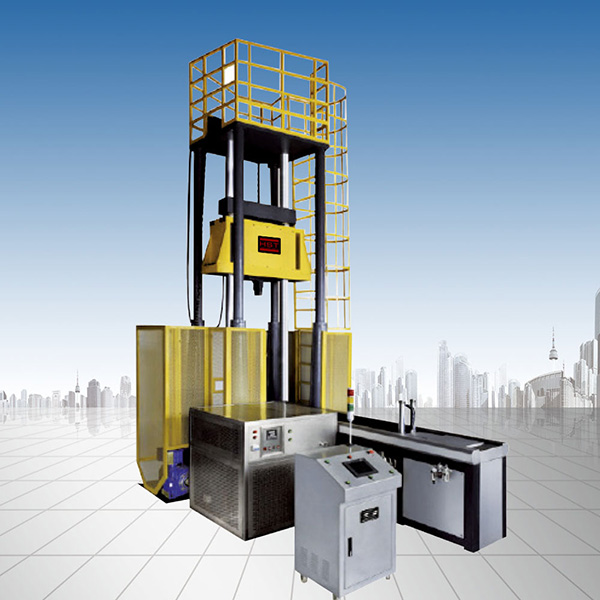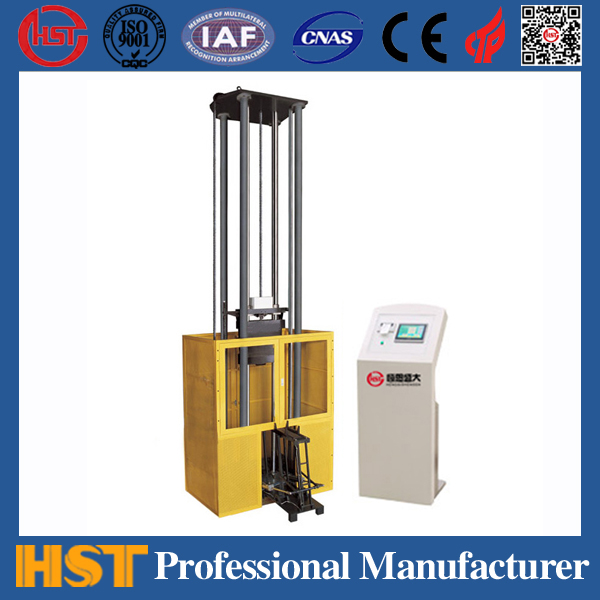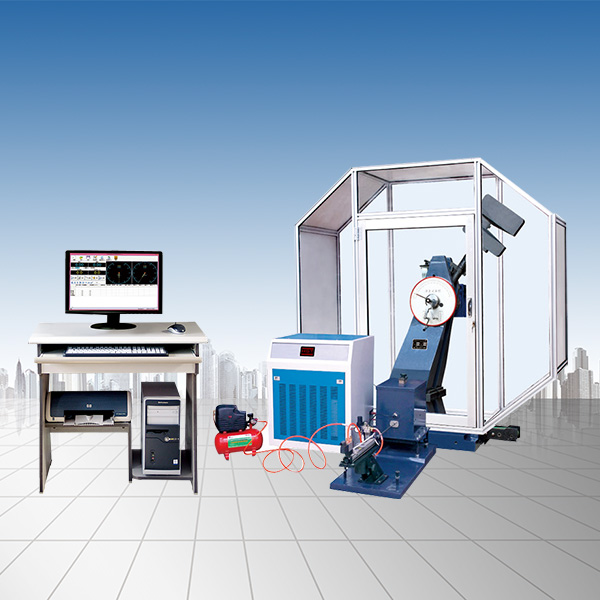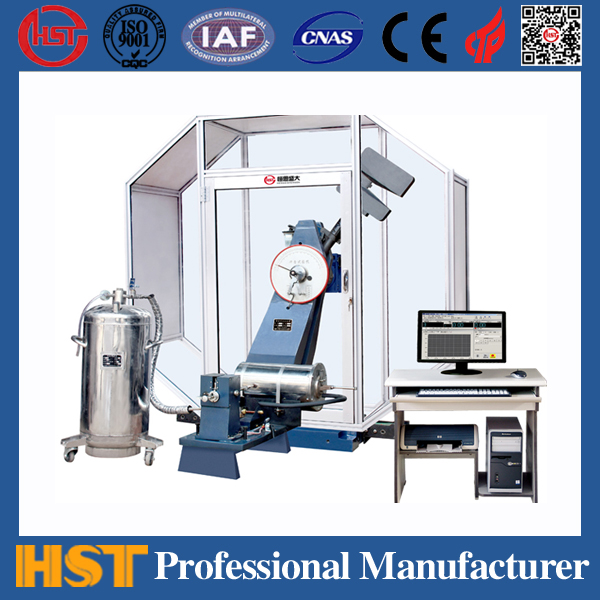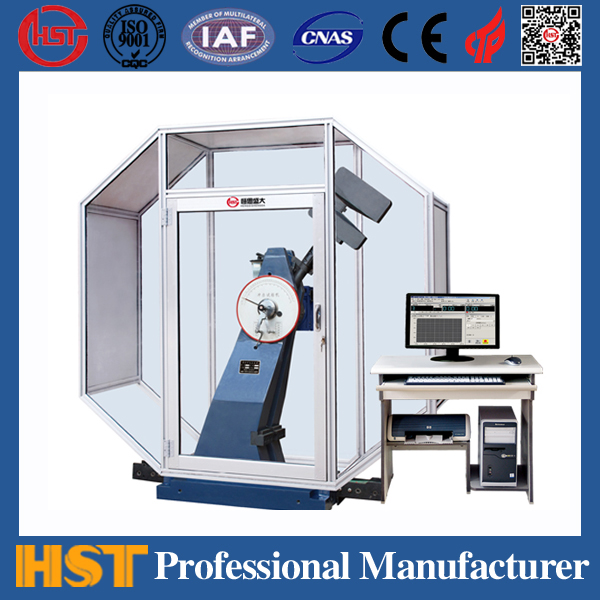News
Do you know the difference between an electronic material test tensile machine and a hydraulic material test machine
Release time:2021-05-25 source:Jinan Hengsi Shanda Instrument Co., Ltd. Browse:
Recently, some users have had this question when purchasing our products: How should electronic material testing machines and hydraulic material testing machines with the same appearance, the same software operating interface and the same testing method be selected? Due to the continuous development of modern electronic control technology, the measurement and control methods of equipment have also begun to transition to digitalization. Today, the editor will analyze the difference between electronic material testing machines and hydraulic material testing machines for you. Let’s take a look together.
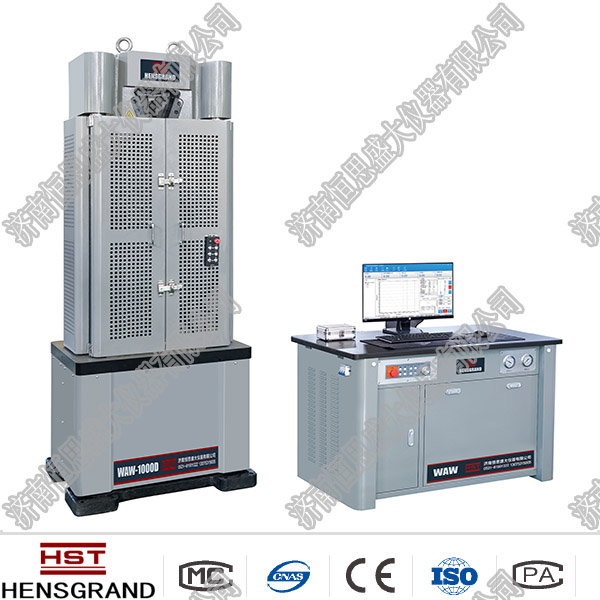
The difference between electronic material testing tensile machine and hydraulic material testing machine
1. Working principle
The electronic material test tensile machine is controlled by imported AC servo motors and reducers, which drives the screw to rotate, realizes the lifting and lowering of the cross beam, and meets the required tensile and compression tests.The mechanical sensor is fixed in the middle of the crossbeam, and the corresponding tool is installed below through the connecting device. Not only can it reflect real-time reaction force values, but different materials can also be tested by changing tools.
The hydraulic material tensile testing machine uses a high-pressure oil pump as the power system and a force sensor as the measurement system. When hydraulic oil is transmitted, the force signal is transmitted to the force sensor. Due to the limitation of hydraulic oil volume, the test speed of hydraulic type is lower than that of electronic type.
2. Test force range
Electronic material testing tensile machine belongs to mechanical transmission testing machine. Compared with hydraulic test machines, its main advantage is its high control accuracy, but its disadvantage is its poor stability under large tonnage test force. The test force range of ordinary electronic material testing machines is below 20KN.
The hydraulic material testing machine belongs to the hydraulic transmission testing machine. The hydraulic oil itself transmits energy relatively large, coupled with the oil buffering, so hydraulic testing machines are usually used for large tonnage tests. The test force range of ordinary hydraulic material testing machines is above 300KN.
3. Scope of application:
Electronic material testing tensioning machines are widely used in the testing of various metals, non-metals and composite materials such as wood, plastic profiles, wires and cables, paper, films, rubber, medicines, food packaging materials, fabrics, etc.
The hydraulic material tensile testing machine is mainly used for the mechanical properties test of metal and non-metallic materials, as well as the tensile, shrinkage and bending of parts and components.
The above content is the difference between electronic material testing machines and hydraulic material testing machines that the editor has learned about. I hope it will be helpful to you. Clear sky:
To sum up, it is the characteristics and working conditions of the manhole cover pressure tester. In the process of selection, users can choose based on their own situation. Only by having a certain understanding of it can users choose products and equipment that are more suitable for them. If you have any needs in this regard, please call us for consultation. Every call you call is support for us!
- Previous article:Calibration method and usage standards of electronic universal testing machine
- Next article:Reckhee hardness meter HSL5200
Recommended productsPRODUCTS


















